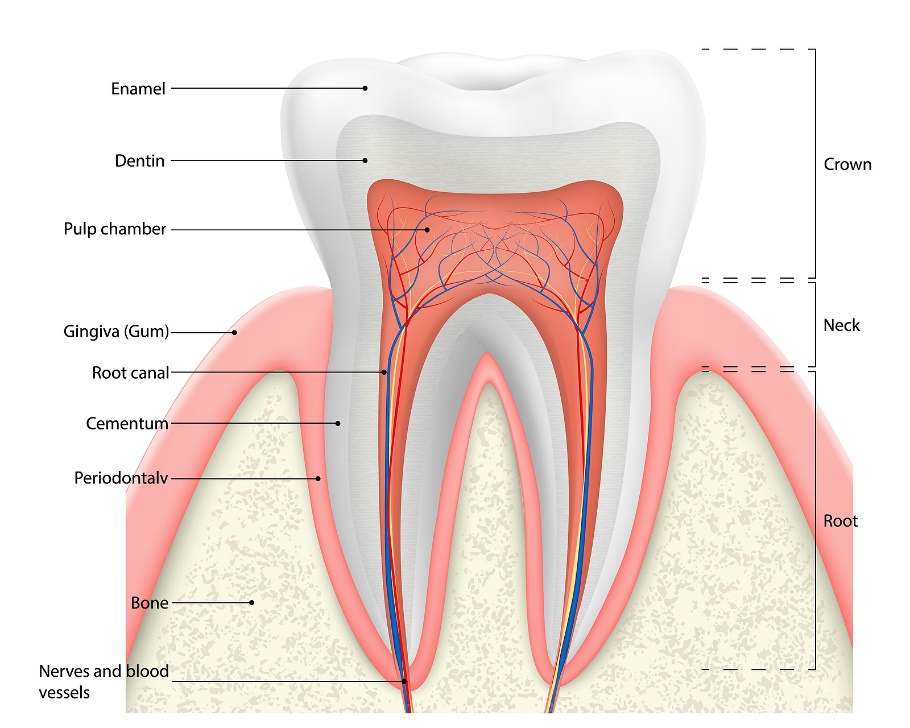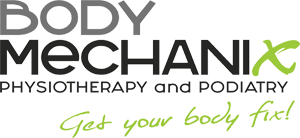Teeth Whitening
Bookings Available Soon! Call us for dates! 07-578 6080
How Teeth Whitening Works
- The Dentin is the actual ‘tooth-bone’ that gives your teeth their natural white-ivory colour.
- The Enamel is a clear ‘glass-like’ protein layer that ‘clothes’ the tooth Dentin
Enamel can be likened to a glass window that we look through to see the natural white-ivory colour of our tooth Dentin below the enamel.
Whenever the Enamel ‘window’ is stained, it veils the natural white-ivory colour of your teeth, and your teeth appear yellow or darker than they naturally would. No amount of surface brushing can remove such staining.
Cosmetic Teeth Whitening safely cleans the enamel ‘window’ by whitening the stains locked deeply within, instantly revealing the natural whiteness of your teeth.
Whitening occurs as oxygen molecules from the teeth whitening gel spread throughout the tooth enamel bleaching the discoloured molecules in your teeth.
This results in a ‘glass-clear’ Enamel ‘window’ revealing the natural whiteness of your Dentin below. “It’s a bit like window cleaning”

Frequently Asked Questions
How does it work?
Hydrogen peroxide whitening gel is and works by gently opening up the tooth’s pores, allowing the active ingredients to lift any stains to the surface. After whitening treatment, your pores naturally rehydrate and go back to their original size.
Is it safe?
Scientific research has shown that the active ingredients in the BEYOND® OSMO™ Teeth Whitening Gel are very effective and extremely safe for cosmetic tooth whitening.
In a recent clinical study our whitening gel was scientifically proven to be Safer than Orange Juice.
The dental community has used these ingredients in performing teeth whitening for more than 130-years.
Will there be sensitivity?
You may experience minor sensitivity while having the treatment and perhaps 1-2 days after.
How white will my teeth get?
Because all teeth whiten differently it is not possible to guarantee how white a individuals teeth might become.
Nevertheless, for most, after undergoing whitening with our In-Clinic Teeth Whitening System, teeth shades whiten between 2 to 14 shades depending upon how stained your teeth are. Of course, if your teeth start at say a 5, the very maximum you can whiten is 5 shades.
Although individual results vary, the end result will be a whiter, shiny smile. Some clients with badly stained teeth or Tetracycline (antibiotic) staining may require several procedures.
How long will my whitening last?
This varies from person to person and depends on diet and lifestyle; for a few fortunate individuals with atypical diets the effects can last up to 1-2 years.
However, for most, their teeth whitening lasts 3 – 9 months.
Periodic touch-up treatments are recommended 3-monthly for clients who frequently consume coffee or other staining foods and drinks or for those that use tobacco products.
How long does the treatment take?
The full deep clean treatment recommended for first-timers is 45 minutes – 1-hour including consultation & setup; In that time discolouration that has built up over years will disappear. It takes no longer than the time it would be for you to have a haircut or facial – it is that simple!
Do you need to have your teeth professionally cleaned prior to having them whitened?
Not unless you want to. The hydrogen peroxide in the BEYOND® Osmo whitening gel helps fight plaque and creates a cleaner and healthier oral environment.
Is the Teeth Whitening treatment for everyone?
The Teeth Whitening treatment provides dramatic results for anyone who wants to whiten their teeth. This includes people with teeth that have been stained by smoking or by substances such as coffee or tea. It also whitens teeth antibiotically stained by tetracycline, speckled by fluoride, or hereditary discolouration.
Pregnant or Breast Feeding or under 16yrs:
All Teeth Whitening is ‘Contraindicated’ for Women Pregnant & Breastfeeding and children under 16-yo.
That means, although these reasons have not been scientifically proven, these factors are considered to serve as a reason to withhold a certain treatment during this time. Therefore, until scientific research studies these factors and says yes or no, certain products are ‘Contraindicated’ as an unproven safety risk.
What does the Whitening Gel do?
The enamel of your teeth contains millions of microscopic pores.
Over the years, unprocessed compounds from food, drink and tobacco go into these pores causing discolouration & staining.
Teeth Whitening happens when the hydrogen peroxide breaks down into oxygen molecules, which enter through the porous enamel to the dentin, which is the actual ‘tooth bone’, directly under the enamel.
It is the Dentin that provides the tooth its ivory-white colour.
These oxidising molecules enter the minuscule pores of the enamel and bleach the coloured substances so that the natural white-ivory colour of the Dentin can be seen clearly.
The enamel pores usually remain open for up to 24 hours after treatment. It is therefore recommended that only white food and drink are consumed over this post whitening period to avoid re-staining.
White Food Diet
What you can have
- Chicken/Turkey – healthy, light-coloured, and acid-free. Chicken or turkey is a great meat to eat in general and especially after treatment.
- Fish – avoid darker fish, but white fish such as albacore are fine.
- Rice – this is a perfect accompaniment to the foods above.
- Pasta – although pasta is fine, just be sure to avoid sauces that are coloured like tomato sauce or green pesto.
- White Cheese – just remember to not include wine with this meal.
- Onion – specifically, white onion. Red onion does contain some colouring so it’s best to avoid it.
- Egg Whites – the yoke, unfortunately, has colour so be sure to remove it when cooking your egg.
- Potatoes – we recommend peeling the skin off and only eating simple white-coloured potatoes. Mash potato is also absolutely fine.
- White Bread – ideally you should remove the crust to be on the safe side.
- Bananas – these are a great snack and pose little risk to the colour of your teeth.
- Yoghurt – ensure that you eat white yoghurt as coloured yoghurt can contribute to stains.
- Porridge – feel free to add milk and enjoy a delicious bowl. If you like sugar then to protect your teeth in the 48-hour window we recommend using sweeteners instead.
What to avoid Eating/Drinking
- Coffee – we understand that this may be a hard one to cut out entirely. If you need some to get through the day, then add milk to help reduce the staining effect. Also, limit the amount you drink to no more than two cups as studies show staining increases the more cups you drink.
- Tea – dark tea is actually worse for your teeth’s colour than coffee. Again, if you can’t fight the craving then follow the same advice as above.
- Wine – red wine’s acidity and dark colours make it a high-risk drink. While white wine can’t stain your teeth itself, the acidity weakens your enamel increasing your vulnerability to other staining foods.
- Fizzy Drinks – acidic and full of colouring, avoid these drinks entirely if possible.
- Fruit Juices – avoid these drinks because of their high acidity.
- Dark condiments – soy sauce, balsamic vinegar, even tomato sauce all carry risks for their colour and acidity.
- Dark Fruits – same as above, try to avoid fruits such as blackberries.
- Curry – if you’ve seen how curry stains your pots and pans just think of what it will do to your teeth. Definitely avoid this food after treatment to be safe.
- Sweets and Chocolate – think of the colour of your tongue after eating some sweets. Your teeth are at risk from staining in the exact same way.
- Tobacco – ‘smokers teeth’ is a common expression for a good reason. We highly recommend avoiding smoking after your procedure so try to use nicotine patches and other products to help you fight the craving.
